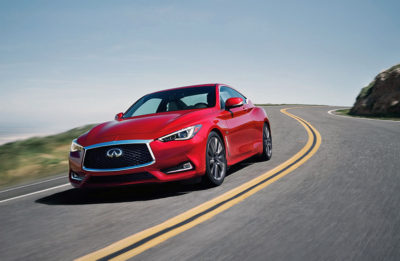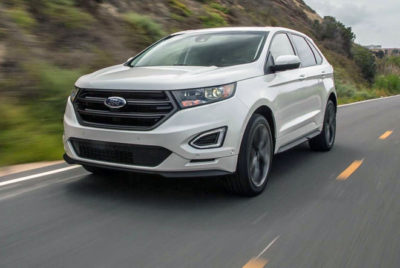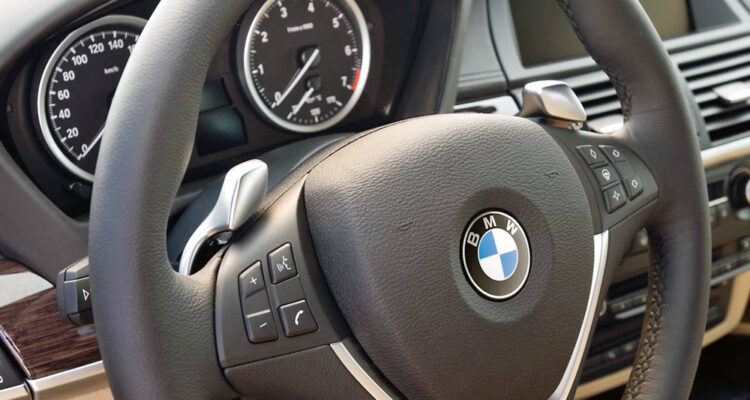Electric power steering assist now dominates the market instead of the belt-driven hydraulic power steering. Infiniti even has a car where each front wheel can steering independently to assist the driver on sloping roads, crosswinds and cornering for the best stability. If you go shopping for a new vehicle, you will find many offer driver-selectable steering modes to tailor the feel of the steering to your likes and driving style. When it comes to power steering, there are two basic system types and both can be found on some vehicles.

The first type is often called variable assist steering. These systems will vary the amount of assist as you drive. For example, during parking maneuvers, the system will typically provide maximum assist so you can turn the steering wheel easily. As vehicle speed increases, the amount of assist decreases, until at highway speeds there is much less assist. If you have too much assist and highway speeds, the vehicle will be more tiring to drive, as it is more difficult to keep it in a smooth straight line.
Many vehicles have power steering systems that will change the amount of steering assist automatically, while others have driver-selectable modes such as Normal, Sport or Comfort. With hydraulic assist steering, the hydraulic pressure is changed by a solenoid to vary steering effort. In electric assist steering, the amount of electrical current to the assist motor is varied to change the amount of assist.
The second type of steering is called variable ratio steering. With variable ratio steering, it takes a larger movement of the steering wheel when in the straight ahead position to turn the wheels and less movement of the steering wheel to make a bigger change in steering direction when the wheels are turned. Variable ratio steering changed the “lock to lock” turns of the steering wheel from about 3.5 or 4 turns to only 2 or 2.5 turns. This was done mechanically by varying the shape and angles of the gear teeth in the steering box or steering rack. Now there are new systems that can do much more than these mechanical design systems.
BMW was one of the first to build a computer-controlled variable ratio steering system on their 7 Series sedans. The system uses a planetary gear set connected between the steering shaft and the steering rack and an electric motor to move the planetary gears. If no variable ratio was desired, the electric motor would hold the planetary gear set still. If you wanted more movement of the wheels compared to movement of the steering wheel, the electric motor would rotate the planetary gear set one direction to “speed up” the amount of steering angle. If you wanted less movement of the wheels when you turn the wheel, such as when you are driving on the highway, the electric motor would rotate the planetary gear set in the opposite direction.

Lexus also uses an electric motor to control the steering angle changes, but differs in that they have two gears connected by a “flexible” gear ring. The input gear connected to the steering shaft has 102 teeth and the output gear connected to the steering rack has 100 teeth. The flexible gear ring connects the two and is driven by an electric motor to change the speed difference between the two gears. Both the BMW and Lexus systems are integral to the steering shaft and gears.
Ford has taken it one step further, with their Adaptive steering system introduced on the 2016 Edge and now on the 2017 Super Duty trucks. The Ford system is all built into the steering wheel, which makes it easily adaptable to other vehicles. A computer-controlled electric motor inside the steering wheel hub turns a gear that makes the steering shaft turn faster or slower than the speed of the steering wheel movement. Compared to other trucks, it takes 20 to 25 percent less turns of the steering wheel to go through a series of tight turns, so the driver is less fatigued. Another advantage of this system is that when a trailer is towed by the truck, the steering system can vary the steering movement so that there is less movement of the wheels compared to the steering input, reducing the amount of sway induced into the trailer by small steering wheel movements. This is the “next generation” of variable ratio steering and I would expect to see other manufacturers following Ford, making our steering systems better than ever before.



